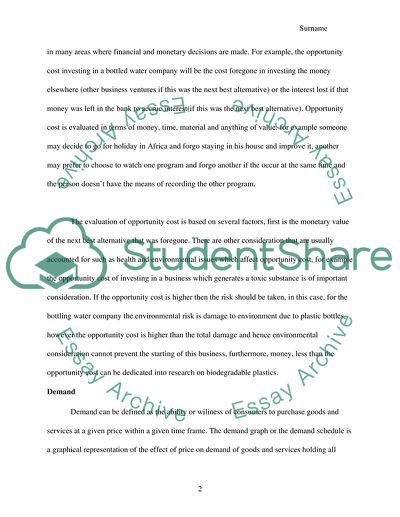Cite this document
(“Not Found (#404) - StudentShare”, n.d.)
Not Found (#404) - StudentShare. Retrieved from https://studentshare.org/macro-microeconomics/1722858-economics
Not Found (#404) - StudentShare. Retrieved from https://studentshare.org/macro-microeconomics/1722858-economics
(Not Found (#404) - StudentShare)
Not Found (#404) - StudentShare. https://studentshare.org/macro-microeconomics/1722858-economics.
Not Found (#404) - StudentShare. https://studentshare.org/macro-microeconomics/1722858-economics.
“Not Found (#404) - StudentShare”, n.d. https://studentshare.org/macro-microeconomics/1722858-economics.


